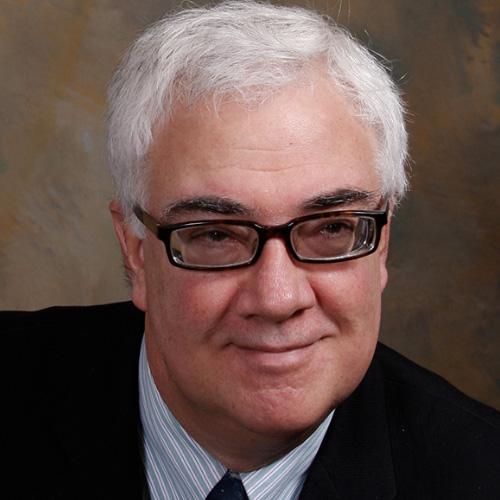

Joel Palfsky, MD
Dr. Joel Palefsky, University of California San Francisco presented final results from the ANCHOR study, which looked at whether treatment of anal precursors to cancer prevents the disease in people living with HIV (PLWH).
Anal cancer is the fourth most common cancer in PLWH. To many it would seem common sense that treating pre-cancerous lesions would prevent cancer. Dr. Palefsky explained in a press conference why it was necessary to verify this in a randomized clinical trial, and gave four reasons why it wasn’t a “given” that treatment would work in the anus:
- In many at-risk people lesions are large and multifocal—these are the lesions most at risk of progressing
- Clinicians may miss lesions—HRA (high resolution anoscopy, the current standard of care) is difficult
- Clinicians may inadequately treat lesions—if the clinician can’t see the lesions, they can’t treat them completely
- New lesions often arise
This was a large study of 5,050 people living with HIV over the age of 35 years. Upon entering the study, a high-resolution endoscopy was performed to look for anal HSIL (high grade squamous intraepithelial lesion, or anal dysplasia). If no anal HSIL was detected, the person was not enrolled in the study. Half of the enrolled participants were randomized to treatment (such as hypercautery or topical creams) and half did not but were actively monitored. The primary endpoint was time to cancer. Nobody died of anal cancer in this study. One-third were diagnosed with advanced cancer, but most were diagnosed at an early stage. The study followed 4,446 individuals, but was stopped early because it was found that screening and treatment of anal HCl was effective—57% reduction in the treatment arm versus the monitoring arm—in reducing the incidence of progression to anal cancer.
These data support the standard that PLWH over age 35 should be treated. Dr. Palefsky stated that these recommendations should be incorporated into guidelines for PLWH, and could be translated to other populations at risk who are not living with HIV, such as those who receive transplant grafts, as well as women.


